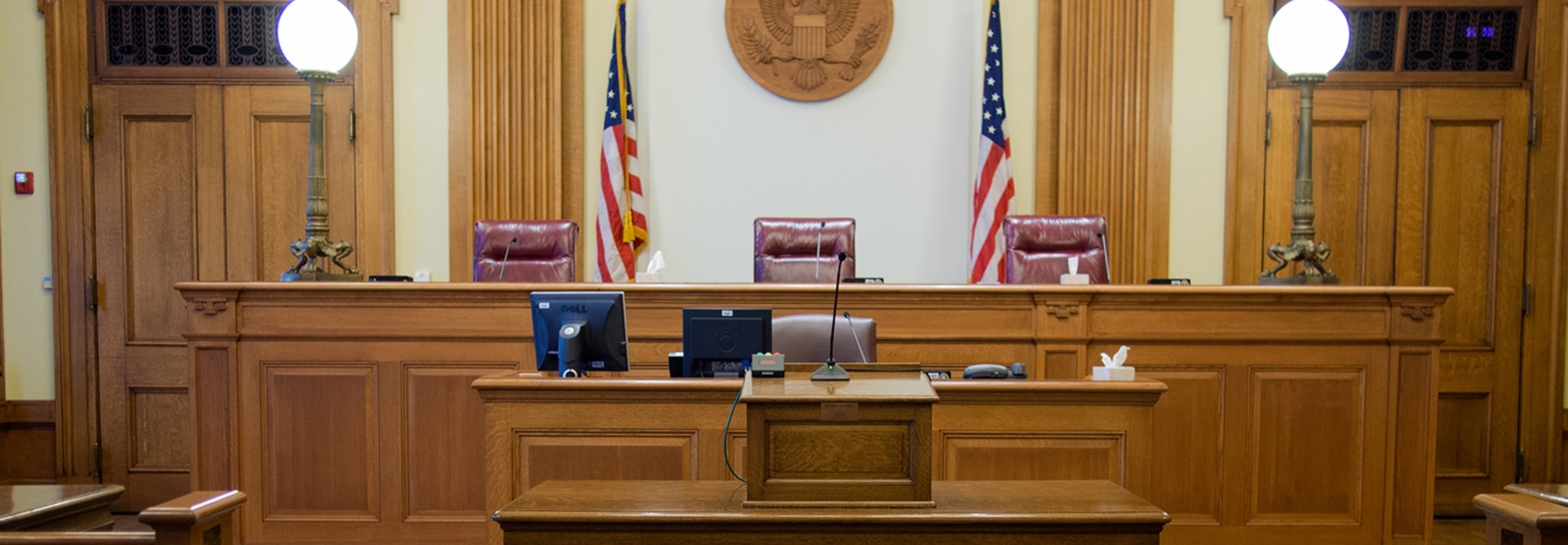California Aims to Modernize Court Tech Further with New Plan
California, home to Silicon Valley, knows a thing or two about technology innovation. The rule-making arm of the state’s court system, the Judicial Council of California, wants to make sure the Golden State’s courts are following suit.
“The public wants the same kind of interface as with private business,” council chair and California Chief Justice Tani Cantil-Sakauye told Courthouse News.
Earlier this month, the council released a four-year strategic technology plan to keep the state’s massive court system moving forward on IT modernization. The new plan is based around three principles: accessible and easy-to-use systems for all those who seek to use the state’s courts; the maintenance of a “well architected, secure, and reliable technical infrastructure”; and the fostering of a “culture of innovation through planning, collaboration, and education to enhance court services and operations.”
Those principles establish a set of considerations for technology project decision-makers that “articulate fundamental values and provide overall direction to technology programs within courts and throughout the justice community,” the report says.
The report emphasizes four key technology goals:
- Promoting the use of digital court services
- Creating a collaborative environment so courts can work on IT innovations
- Investing in a secure, scalable and reliable IT infrastructure to offer digital services and public access, while ensuring privacy and protecting residents’ information
- Modernizing court rules to make it easier to use tech in court operations and the delivery of court services
The plan also provides the strategic framework for the creation of the two-year tactical technology plan that determines the individual initiatives that will be pursued to support those higher-level goals.
MORE FROM STATETCH: Find out how courts are implementing videoconferencing technologies to streamline the justice system.
California Wants to Forget Past Court Tech Issues
The council’s report notes that California’s court system, the largest in the nation, has more than 2,000 judicial officers, about 19,000 court employees and 6.2 million cases each year. It serves more than 39 million people, nearly 7 million of whom have limited English proficiency, and covers both some of the most highly populated areas of the country and some of its most rural.
Indeed, the report notes that “of the state’s 58 superior courts — one in each county — the smallest has two judicial officers serving a population of just over 1,000 while the largest has 580 judicial officers serving a population of more than 10 million.” There is also a wide range in the fiscal health and capabilities of the state’s courts, and those disparities, along with past budget shortfalls, have affected the ability of the courts to invest in technology, resulting in a court system that lacks consistency across the judicial branch, the report says.
The report is California’s attempt to learn and move on from the Court Case Management System, an IT project that the state was forced to abandon in 2012 after it came under a hail of criticism from lawmakers and the state’s auditor, according to Courthouse News.
CCMS is now widely seen as a debacle, according to Courthouse News. The site reports:
Through CCMS, the council sought to connect the state’s 58 trial courts and various “justice partners” through one unifying computer system. It was an enormous endeavor, one that cost the state a half-billion dollars and was projected to cost at least $1 billion more, according to an audit released in 2011.
State Sen. Hannah Beth Jackson, chair of the state Senate Judiciary Committee, referred to CCMS when she questioned California Associate Justice Marsha Slough, chair of the council’s technology committee, about the new plan’s aims.
“There was a debacle a few years ago with an attempt to create a unified system. I know we shouldn’t be talking about that,” Jackson said, according to Courthouse News. “But just as some context, what you are proposing now is not necessarily a statewide system but systems that will interface with each other and that will be meshed so different counties can use whatever systems they like. They will be coordinated.”
Slough replied: “Absolutely. The reason why it is so important is because we have learned clearly that we end up with a greater product. When we start the development of the product on the very ground level — that’s the trial courts and the people walking in the door of the trial courts — that’s where we learn the most.”










